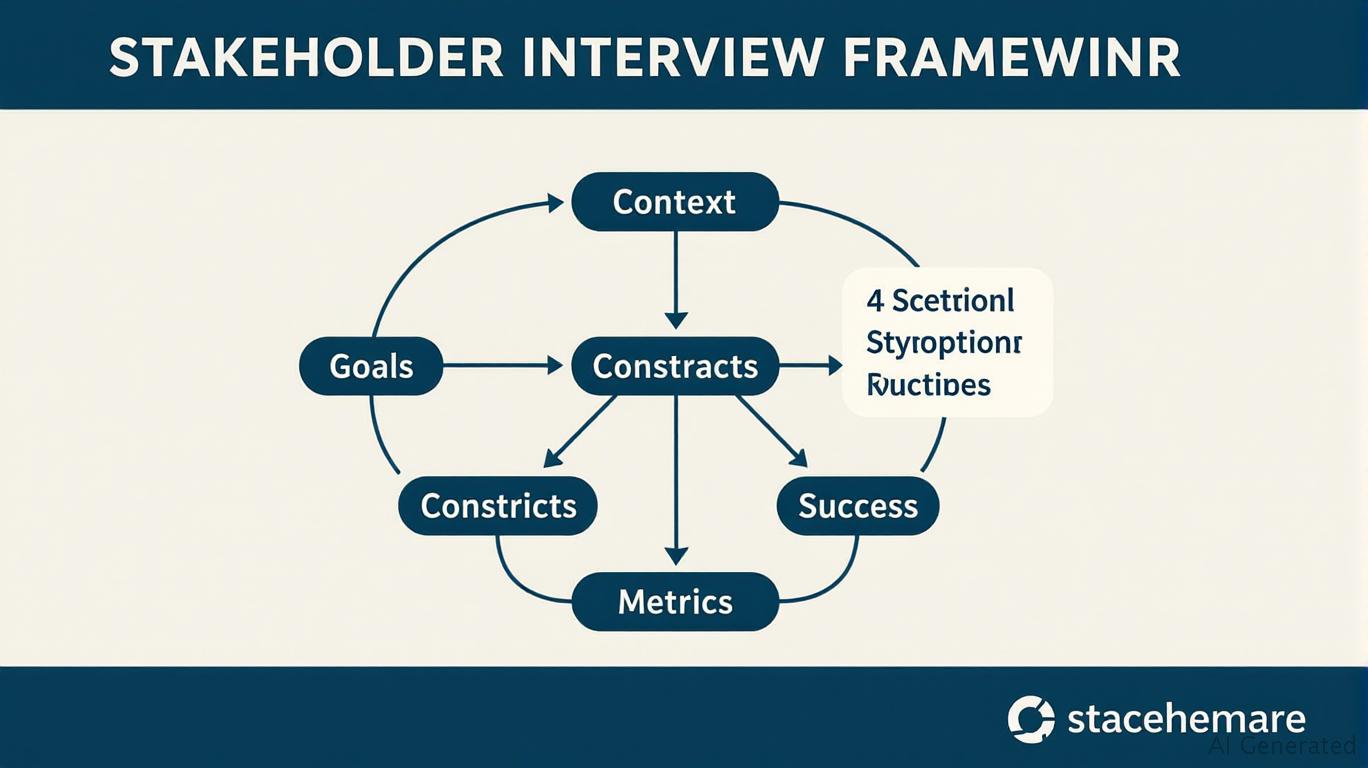Navigating Stakeholder Communication: The Art of Asking the Right Questions in a Data-Driven World
In an era where business decisions are increasingly shaped by data and stakeholder expectations, the ability to extract clear goals from stakeholders without appearing dismissive or confrontational has become a critical skill. Whether managing a project, launching a product, or shaping corporate strategy, understanding the true objectives behind a request is foundational to success. Yet, how does one ask stakeholders about their goals without sounding rude? The answer lies in strategic questioning, active listening, and the judicious use of data-driven insights.
The Power of Open-Ended Questions
The first step in uncovering stakeholder priorities is to shift from closed, yes/no questions to open-ended inquiries. As highlighted in Indeed's interview preparation guide, open-ended questions—such as “Could you share more about the context for this request?” or “What outcome are you hoping to achieve with this?”—encourage stakeholders to elaborate on their motivations. These questions signal curiosity and collaboration, positioning the requester as a problem-solver rather than a skeptic.
Consider a scenario where a stakeholder demands a new feature for a software product. Instead of asking, “Why do you want this feature?”—a question that might imply doubt—one could reframe it as: “How will this feature align with the team's broader objectives?” This phrasing invites the stakeholder to articulate their vision while avoiding the adversarial tone of a direct “why.”
Structured Questioning: A Framework for Clarity
The concept of requirements elicitation, detailed in the third article provided, offers a systematic approach to extracting goals. By categorizing questions around “how,” “where,” “when,” “who,” “what,” and “why,” stakeholders are guided to articulate their needs without feeling interrogated. For instance:
- “What problem are we trying to solve?”
- “How does this align with the organization's strategic priorities?”
- “Who will benefit most from this initiative?”
This structured approach not only organizes the conversation but also reveals hidden assumptions. Imagine a stakeholder pushing for an aggressive marketing campaign. Probing with “What metrics will define success for this campaign?” can uncover whether their focus is on short-term sales or long-term brand loyalty—a distinction that could drastically alter execution.

The Role of Data in Stakeholder Dialogue
Investors and managers alike can amplify the effectiveness of these strategies by integrating data analysis. For example, a company considering a stakeholder's request to expand into a new market might use data to frame the discussion. A visual comparison of market growth rates, regulatory environments, and competitor activity could shift the conversation from abstract desires to evidence-based decisions.
The data above reveals a correlation between strong stakeholder engagement practices and financial resilience. Companies like
(MSFT) and (UL) consistently rank highly in stakeholder engagement surveys and have outperformed broader indices during economic volatility. This underscores the investment thesis that organizations adept at aligning stakeholder goals with operational execution tend to deliver superior long-term returns.Investment Implications
For investors, the ability to assess a company's stakeholder communication practices is a key competitive advantage. Firms that prioritize transparent, goal-oriented dialogue with stakeholders—whether employees, customers, or regulators—are better positioned to navigate disruptions and capitalize on opportunities. Tools like ESG ratings (as seen in the visual above) and qualitative analyses of corporate governance reports can help identify such organizations.
In sectors like technology or healthcare, where rapid innovation depends on aligning diverse stakeholder interests, companies like
(AAPL) or (NVS) exemplify the benefits of structured communication. Their stock performances reflect sustained investor confidence, driven in part by their ability to translate stakeholder input into actionable strategies.Final Considerations
Asking stakeholders about their goals need not be an adversarial exercise. By adopting open-ended questions, structured frameworks, and data-informed dialogue, professionals can uncover hidden priorities while fostering trust. For investors, this skill translates into identifying organizations with the clarity and agility to thrive in a complex world.
In the end, the most valuable questions are those that reveal the “why” without ever asking it outright—and the best investments are those rooted in the clarity that such questions provide.

Comments
No comments yet